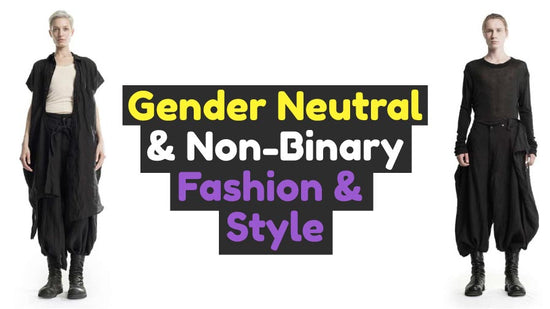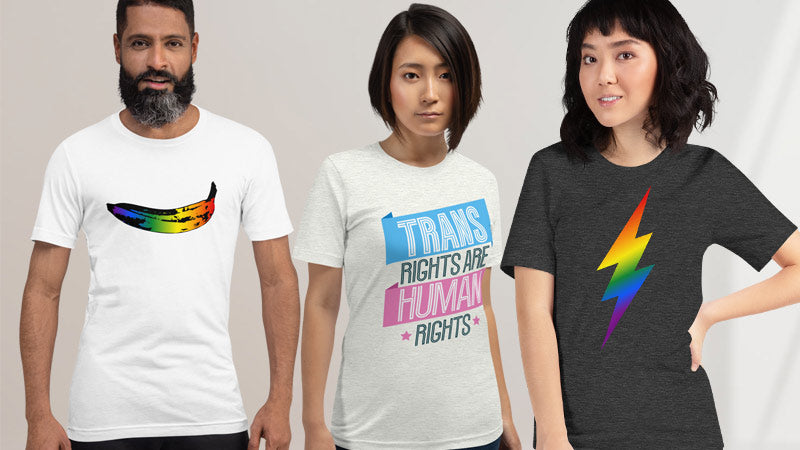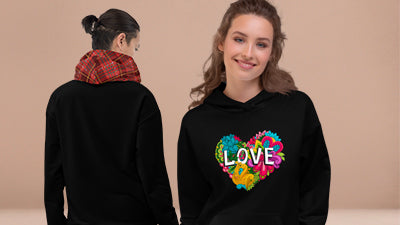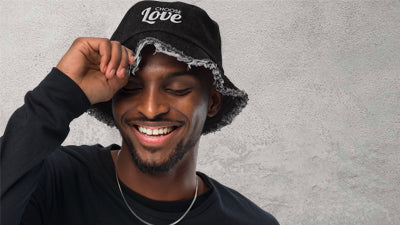Pansexual Pride Day - Everything You Need To Know

What is Pansexual Pride Day
Pansexual Pride Day is an annual event to celebrate Pansexuality and Panromanticism. It’s also a time to raise awareness of Pansexual and Panromantic people and highlight their life experiences. It’s a time when the community can share stories and experiences, and speak out around the issues faced.
When is Pansexual Pride Day
Every year on December 8th we celebrate Pansexual Pride Day. This is one of two main days for the Pansexual community, the other being Pansexual and Panromantic Visibility Day on May 24.
Why is Pansexual Pride Day Important
Although in western nations we have moved a long way from the intolerance and discrimination of the last century, coming out as Pansexual is still a huge thing to do. There are still many pockets of homophobia in society, and within some religious groups it may still be seen as shameful or sinful.
Being able to celebrate with people like you on Pansexual Day is therefore critical for improved mental health. As with any of the identities within the LGBTQ+ spectrum it’s really important to celebrate ourselves and show the joy in the community.
Pansexual Pride Day also gives us an opportunity to educate the public about critical issues and the lived experience of Pansexual and Panromantic people.
There are many misconceptions around Pansexuality and Panromanticism. Some of these are just the result of ignorance, but others have been deliberately seeded by hostile groups who’s goals are to spread fear and disharmony. These range from the trope that that someone only identifies as pansexual because it’s fashionable to open lies that say pansexual people are not monogamous.
So we need to be able to talk openly about Pansexuality to educate and show the truth behind those misconceptions, In our blog on Pansexual and Panromantic Day Of Visibility we go into these in more detail.
OUR PANSEXUAL COLLECTION view the full collection
What Is Pansexuality
Pansexuality is one of the identities on the LGBTQ+ spectrum of sexual orientation, which are all natural and wonderful aspects of human diversity. It is, though, one of the less understood identities.
For Pansexual people gender plays no, or very little, part in whether they are sexually attracted to someone or not. So they could be attracted to anyone of any gender, binary or otherwise. Many Pansexual people may say they are just attracted to humans.
Attraction could be based on someone's intellect, energy, physical appearance, shared interests or values. So in fact exactly the same things that allow anyone else to form connections.
Pansexual people can identify as queer, or as any gender, and are also much less likely to be concerned if the gender identity of their partner changes.
In a Harris Poll survey of 2,000 US adults commissioned by GLAAD in 2016, two percent of 18-34 year-olds self-identified as Pansexual and approximately one percent in all other age groups.
Pansexuality differs from Bisexuality and Polysexuality: Pansexual meaning attracted to all genders, Bisexual to multiple genders, Polysexual to multiple, but not all, genders. But definitions of bisexual have been a little fluid in recent years.
What Is Panromanticism
Panromatics are similar to pansexuals, but instead of a sexual attraction irrespective of gender Panromatics can have a romantic attraction to people of all genders. This doesn’t mean that they don’t care about sexual attraction at all, but it plays a significantly reduced role, and the main focus is on an emotional connection.
A panromantic person may, in fact, see themselves as sexually gay, straight, bi, pan, poly or or even asexual. Their ability to experience romantic attachments to people is separate from those they’re sexually attracted to.
What Can You Do To Support The Pansexual/Panromantic Community?
The best thing you can do is to educate yourself about the issues and what it’s like to be pansexual or panromantic. Be willing to listen and grow in understanding and knowledge. Talk to Pansexual/Panromantic people and seek out content online about how you can be a genuine ally.
The simple things you can do are:
-
Use the correct language for the community. If you don’t know, just ask.
-
Listen carefully when Pan people talk about their experiences.
-
Be consistent in your support of LGBTQ+ rights and defend Pansexual people against discrimination.
-
Uplift Pan Voices online and add supportive messages.
-
Show support publicly by wearing LGBTQ+ ally badges.
- Read books or articles and visit websites run by the community
Other Pansexual/Panromantic Key Dates
May 17th - International Day Against Homophobia, Transphobia, and Biphobia
May 24th - Pansexual and Panromantic Visibility Day
The Pansexual/Panromantic Pride Flag
The Pansexual flag was designed in 2010 by queer non-binary person Jasper V. as a way to differentiate pansexuality from bisexuality. At the time of creation it was felt that the bisexual definition excluded trans people. The pink in the flag represents people who are feminine, the blue people who are masculine and the yellow is everyone in between.

Other LGBTQ+ Flags
If you're interested in finding out more about the Pride flags in the LGBTQ+ community we've created this handy guide to LGBTQ+ Pride Flags












